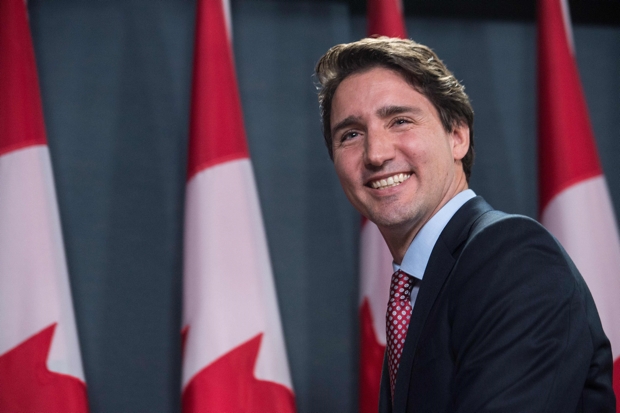A few months back, Justin Trudeau looked like an unlikely candidate to be Canada’s next prime minister. But Canada’s Liberal Party has now won a majority at the general election, ending nearly a decade of Conservative rule. Back in August when the Conservative Prime Minister Stephen Harper called an election for 19 October, the social-democratic NDP was first in the polls, the Conservatives good second and the Liberals third. Justin Trudeau’s majority win is a historic feat in Canadian politics, because a third-running party has never before won a majority.
So what were the key issues in this election? Not much. The choice seemed to be between wanting ‘more of the same’ or wanting ‘change’, especially in leadership style. On some issues, the difference between all three major parties was cosmetic. For example, on welfare policies (such as family allowances and tax credits) all three major parties agree essentially on the same concept. The question is not how anymore, but rather how much money to give to families.
On other issues such as the latest controversial anti-terrorism law (the C-51 Bill), the social-democratic NDP have a different position to the Conservatives and the centrist Liberals. But rather than being led by a Jeremy Corbyn, the Canadian centre-left seems to have found their own bearded version of Liz Kendall as leader in Thomas Mulcair. Being a former provincial Liberal environment minister in the French-speaking province of Quebec, Mulcair is as centrist as one could find in the left-wing NDP.
For Britons however, one interesting feature of this particular election is how different it was to the previous Canadian election – which looked very much like the most recent British general election in May 2015. In a stranger than fiction episode in May 2011, the Canadian Tories won an unexpected majority, which no pollster predicted, by doing well in constituencies they weren’t expected to win. More surprisingly, the Conservative Party of Canada also had an important breakthrough among ethnic minorities, just like the British Tories did back in May.
So how did things change for this election? The Tories didn’t do badly with the popular vote, but what was more important is that the Liberals were able to consolidate the anti-Conservative vote, to the great chagrin of the NDP, who went from first to third in the polls in only a few weeks. In many areas of the country, the NDP no longer split the anti-conservative vote, like it had been able to in 2011.
Did Trudeau win because Canadians were tired of Stephen Harper? Could they desert Trudeau as fast as they adopted him, or will he survive? One thing is sure: the Canadian electorate seems as fickle as ever – one minute they want you, the next they are looking elsewhere. In Britain, the Conservatives would do well to pay attention to both this Canadian election and the previous one, as there are plenty of lessons to be learnt. Crucially, never, ever, take any of your opponents for granted. Even if they start out in third place, and even if they seem – like Jeremy Corbyn may well – like a total outsider.






Comments